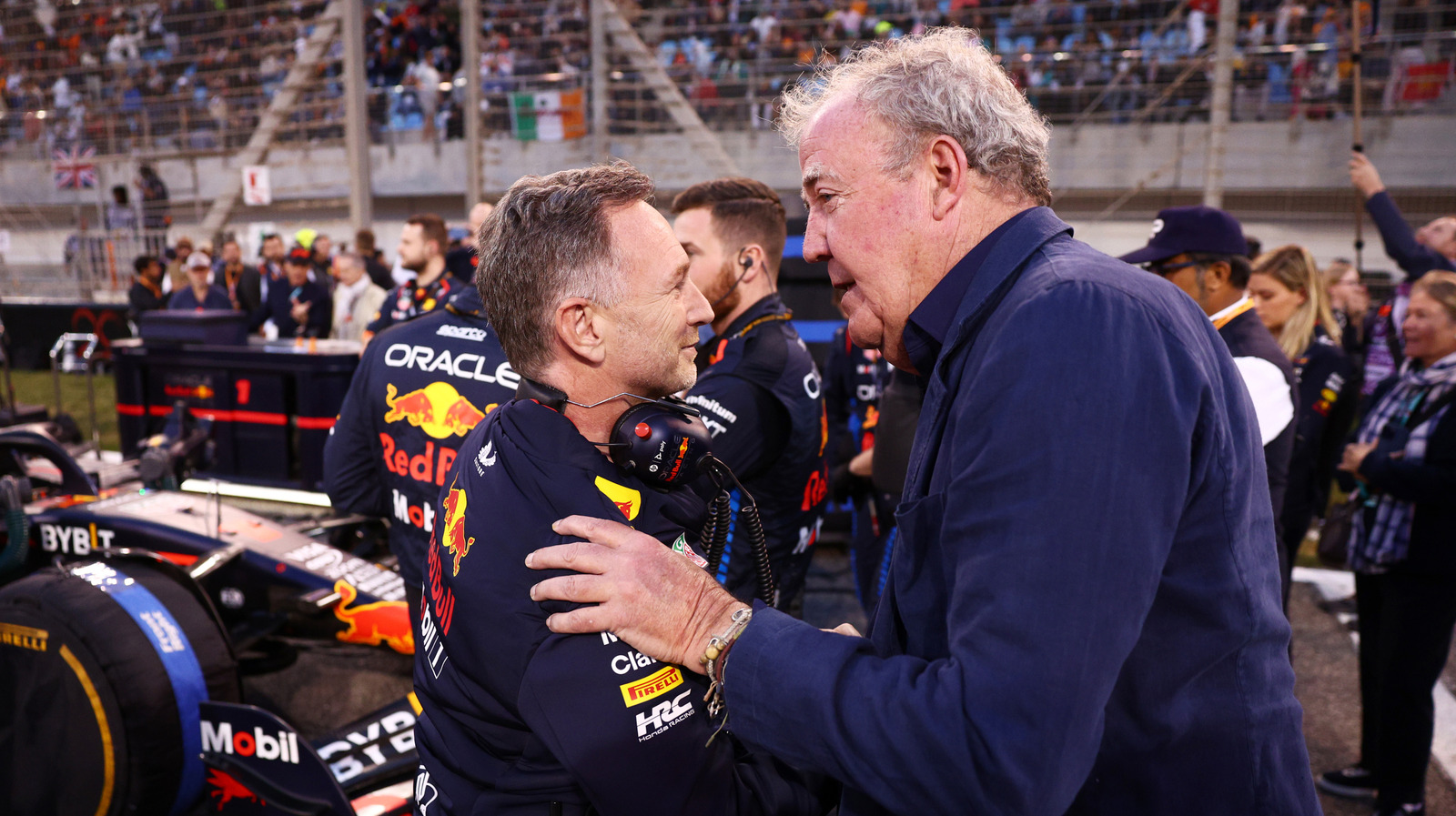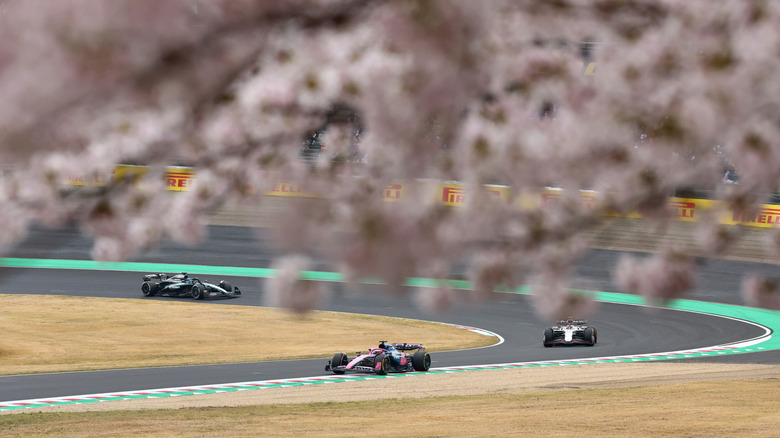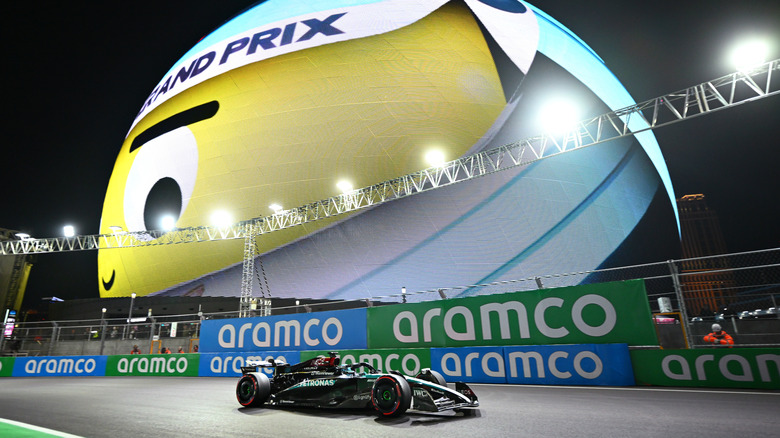It’s fair to say that Formula 1 fans weren’t enthralled by last Sunday’s Japanese Grand Prix. Of the field’s 20 competitors, race winner Max Verstappen and 10 other drivers crossed the finish line in the same position they started. Former “Top Gear” host Jeremy Clarkson proposed a simple solution to boring F1 races on Monday: abandon tracks where “overtaking is difficult.” While his ultimate goal is admirable, it completely ignores that the cars are the root cause of the problem.
I’m sure if Formula 1 CEO were an elected position, Clarkson could easily replace Stefano Domenicali on the platform of “Making F1 Great Again” and his sheer popularity, but his backers would quickly regret what they allowed to happen. Clarkson posted on the social media platform previously known as Twitter, “I’ve had an idea to make F1 racing more consistently exciting. Don’t use tracks where overtaking is difficult.” That tweet has been viewed 2.7 million times as of Wednesday.
Suzuka isn’t close to the worst offender
Clarkson’s idea would relegate nearly all of the sport’s most beloved tracks to the dustbin of history. Suzuka Circuit, the near-exclusive home of the Japanese Grand Prix since 1987, is often touted as the best track in the world championship among fans and drivers. Compliments cite how the circuit flows with the hilly landscape before returning to the start with a flat-out corner in a unique figure-eight layout. However, the sweeping corners make it difficult for one car to follow and chase down another because of the aerodynamic wake. The severity of this dirty air worsens the faster the cars hurtle around corners. Williams driver Carlos Sainz told ESPN:
“The midfield is so tight and around a track where you need to be 0.7 to 0.8 seconds quicker to pass it was impossible to expect a race where you could come back through the field. This a track that has, in a way, become similar to Monaco in how difficult it is to pass.”
Culling circuits would just be the start of a perpetual cycle
Suzuka isn’t anywhere close to the worst offender. There were only 15 passes after the opening lap of Sunday’s race. Last year’s Japanese Grand Prix featured 48 passes, the third-most of any race during the 2024 season. The Las Vegas Grand Prix topped the list for the second year in a row with 60 passes. The inaugural edition of the casino-backed classic in 2023 produced 82 overtakes.
Las Vegas track follows a modern recipe that many fans decry as boring. The F1 circuits that tend to rack up plenty of passes feature extremely lengthy straights into low-speed corners, a costly band-aid for the fact that cars can’t move around fast corners. All of these permanent tracks or street circuits were designed by Hermann Tilke or his son over the past 25 years, often derided as Tilkedromes.
Ditching F1 circuits because of boring racing is just a recipe to do it all over again in another quarter-century. The championship should work to create regulations that ensure cars can actually race at the sport’s most storied venues. Sports are known for their hallowed grounds, which are often the draw for fans to attend events. Fenway Park and Wrigley Field for baseball. Augusta National and St. Andrews for golf. Wimbledon for tennis. I could go on and on. However, Formula 1 has already lost the Nurburgring and pushed Spa-Francorchamps into part-time status.





